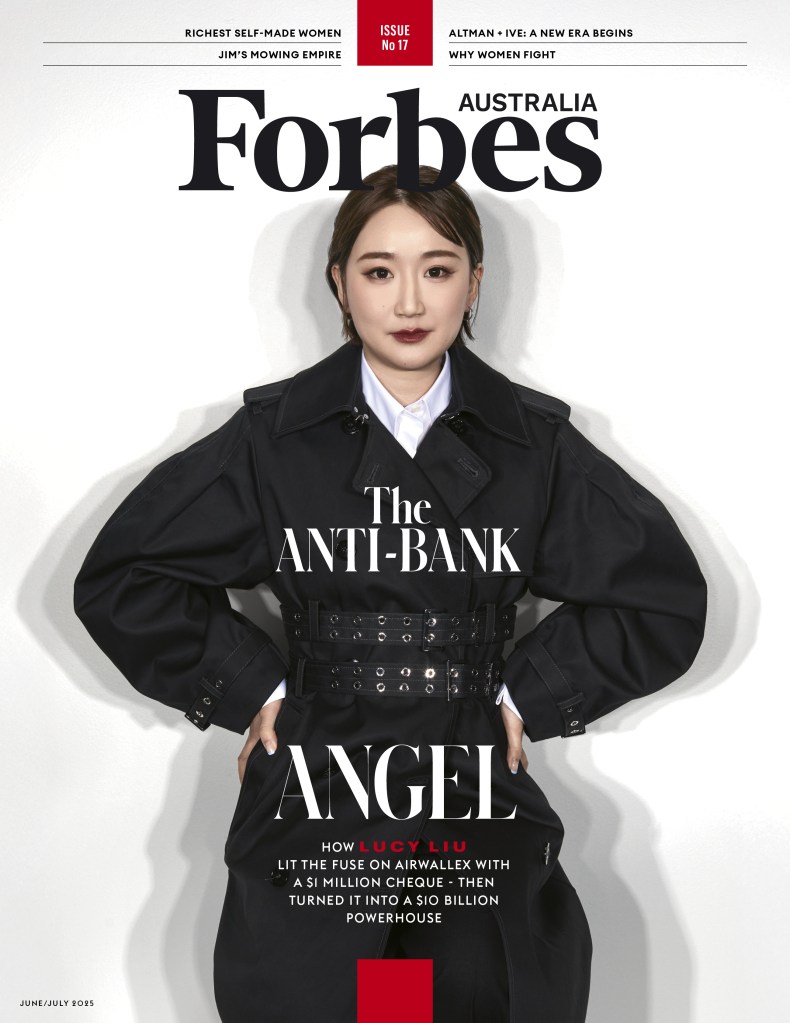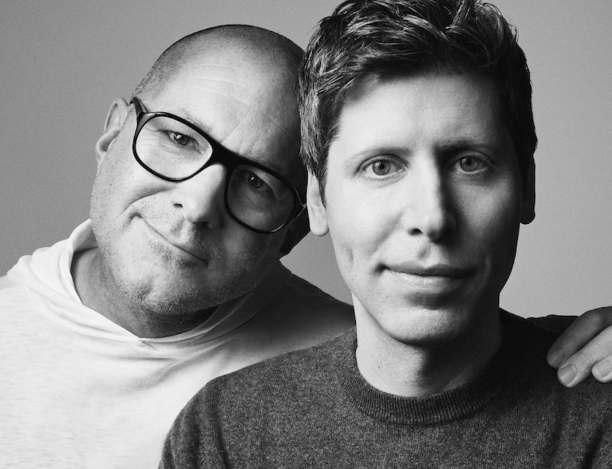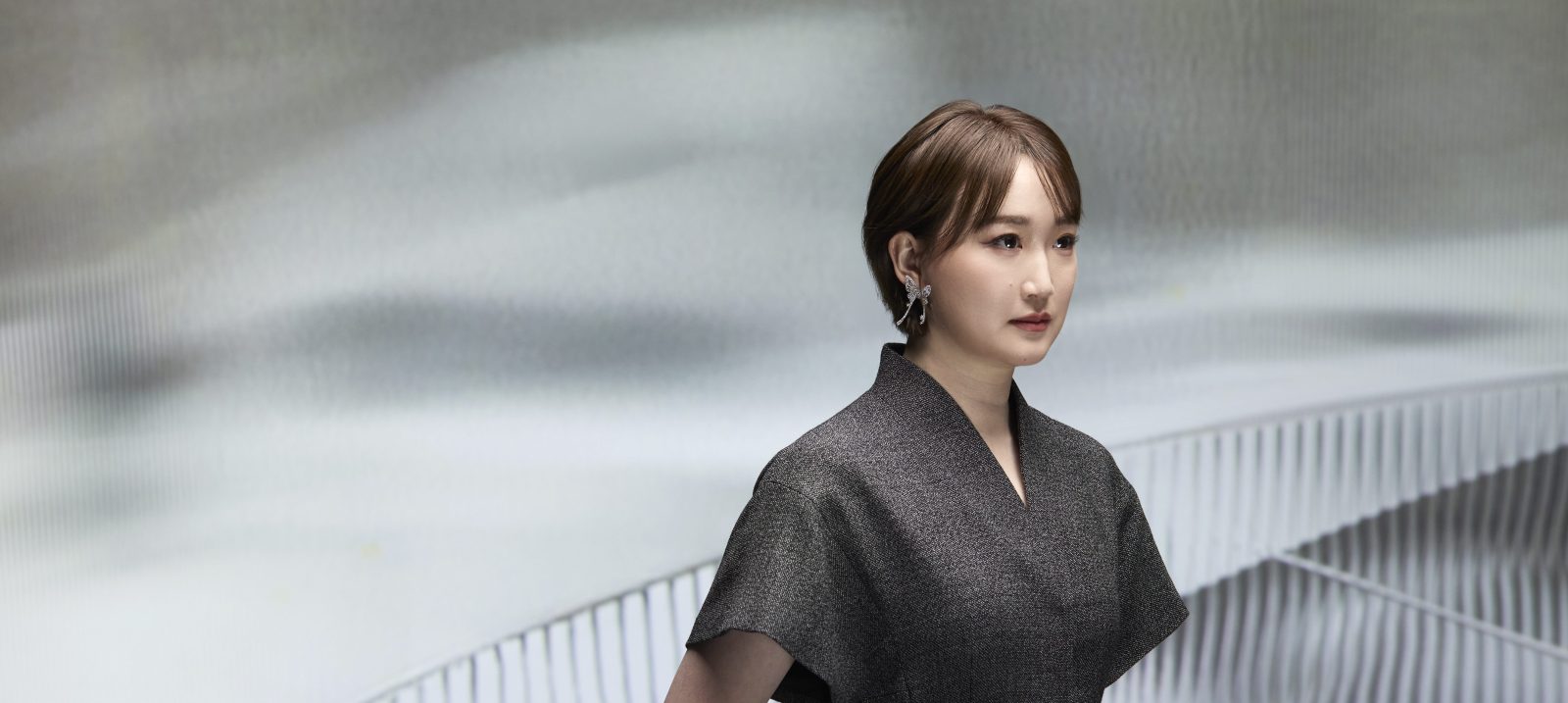Jony Ive and Steve Jobs. Perhaps the greatest product design duo of our time. Together, they gave us era-defining products that changed how we live and work.
This story was featured in Issue 17 of Forbes Australia. Tap here to secure your copy.

Jobs, however, often credited Ive with much of Apple’s success because he believed tech could be functional and beautiful. His eye for design was why users fell in love with the sleek curves, elegance and simplicity of the Mac, iPad, and iPhone.
After nearly 30 years as Apple’s design guru, Ive stepped away in 2019. Now, he’s back – teaming up with OpenAI’s Sam Altman on what they’re calling a new category of consumer hardware.
Altman is often touted as the new Jobs, and together, they say they’re working on “the coolest piece of technology the world will ever have seen.” A mysterious new consumer device that promises to reshape our lives – just as the iPhone once did.
AI-powered hardware has been a tough market to crack. Meta had a swing with its Ray-Ban Stories. Google tried with Glass. Both struggled to reach mass adoption. Something tells me an Altman plus Ive effort will be different.
According to Altman, they’ll ship 100 million devices faster than any company in history once the device is ready. Details are scarce, but what we know is intriguing: it’s portable but not a “wearable”, and it’s meant to work alongside your phone and laptop. Altman has described it as a kind of third device.
Ive says it’s the culmination of his entire career.
As we all try to detox and resist doom scrolling, the question might be: ‘Do we need a new technology?’ But Altman promises his device will unshackle us from the screen, but I wonder, what else will it shackle us to?
Many studies have shown that young people today say they’d prefer to live in a world without the internet. A striking reminder, two decades on from the dawn of social media, of the emotional toll this digital age has exacted.
So, while the possibilities of the Altman-Ive collaboration are seductive, is there another device in all our futures that we adopt not necessarily because we want to but because we must?
Ive’s new venture also sees him join the ranks of Forbes’ billionaires list – part of a rare group of employees-
turned-self-made billionaires. Within that cohort is an even smaller group: women who’ve created their own ten-figure fortunes from scratch.
But, as you’ll see on page 32, that number is growing. This year marks the 10th anniversary of Forbes’ list of America’s 100 Most Successful Self-made Women. When first published in 2015, there were 18 female billionaires. Now, there are 38.
In Australia, the picture is different. Melanie Perkins, Canva’s co-founder, remains our only self-made female US-dollar billionaire. Most wealthy Australian women owe their fortunes to inheritance – but that’s slowly changing with a new wave of founders emerging.
One of them is Lucy Liu, the co-founder of Airwallex and the subject of this issue’s cover story. A decade ago, she backed a bold idea to fix the broken system of global payments. Today, Airwallex is one of the most valuable start-ups to emerge from Australia – and Liu is one of the few women in the world to have built a billion-dollar fortune from scratch. Like Ive and Altman, she’s reshaping the infrastructure of the digital age – not necessarily with a new device, but with a platform that moves money as seamlessly as information.
I hope you enjoy our Women’s Issue.
This story was featured in Issue 17 of Forbes Australia. Tap here to secure your copy.




